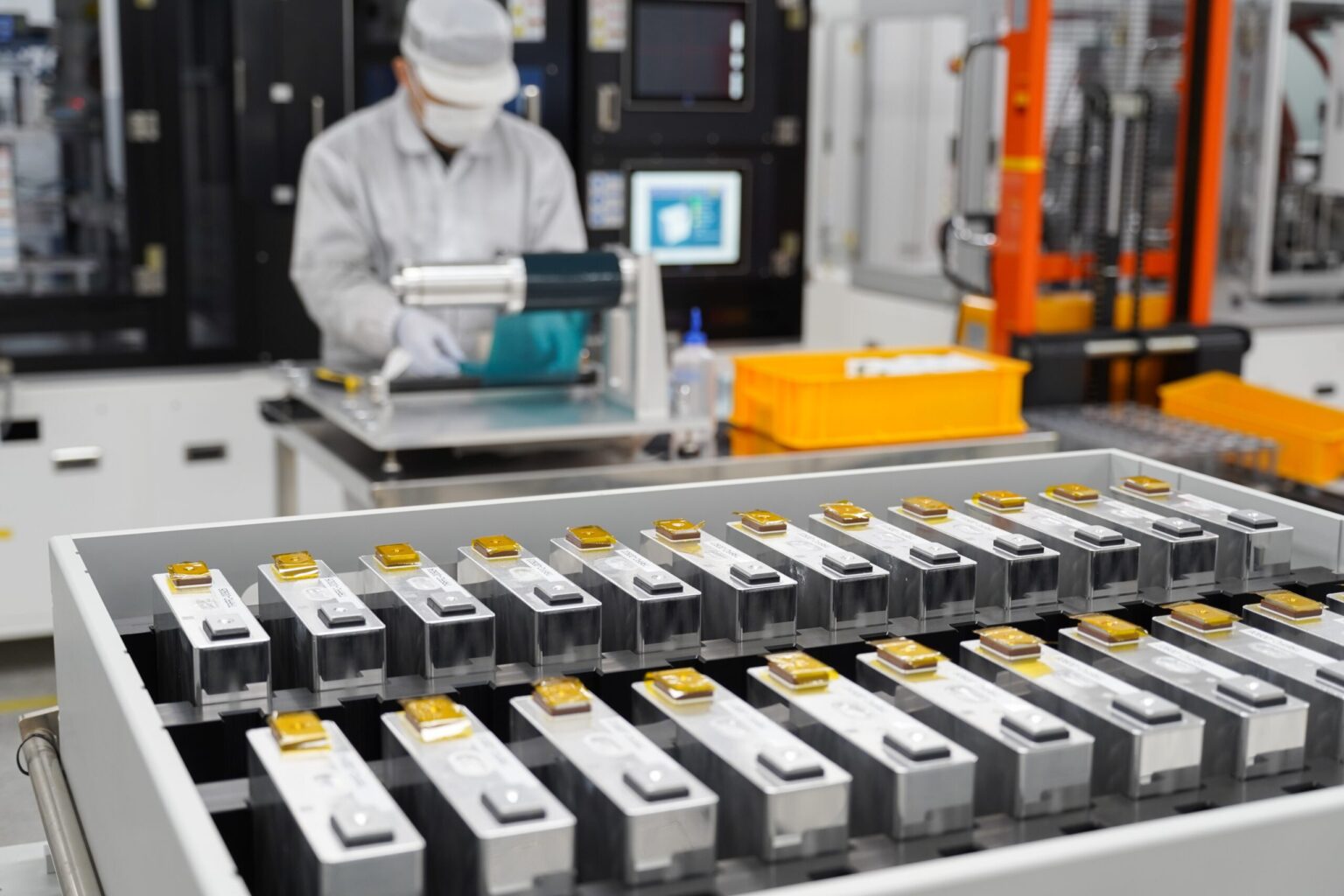Emerging Lithium Iron Phosphate (LFP) Batteries Offer a Greener Alternative for Electric Vehicles
Recent developments in electric vehicle (EV) battery technology highlight a significant shift towards iron and phosphorus-based batteries, which pose fewer threats to tropical forests and reduce reliance on conflict minerals like cobalt and nickel.
Market Trends Indicate a Shift Toward Safer, More Sustainable Batteries
According to a recent report by the International Energy Agency (IEA) on critical minerals for energy transition, the landscape of EV batteries has undergone a notable transformation. In 2020, lithium iron phosphate (LFP) batteries accounted for less than 10% of the EV market. Fast forward to 2024, and nearly 50% of new electric vehicles are now equipped with LFP batteries, a substantial increase that has come at the expense of traditional lithium nickel manganese cobalt (NMC) batteries.
This transition is expected to continue, prompting the IEA to revise downward their projections for the demand of cobalt and nickel-minerals predominantly extracted from rainforest regions such as the Democratic Republic of Congo (DRC) and Indonesia. This shift not only impacts supply chains but also has profound environmental and social implications.
Environmental and Social Benefits of LFP Batteries
Environmental advocates and human rights organizations have welcomed the rise of LFP batteries. Perrine Fournier from the NGO Fern emphasizes that switching to iron and phosphorus-based batteries is “good news for the world’s forests,” as these materials are less likely to be sourced from tropical rainforest regions. Unlike cobalt and nickel, which are often linked to deforestation and exploitative labor practices, iron and phosphorus are more abundant and environmentally benign.
Research conducted by the French think tank négaWatt and Vienna University of Economics and Business, commissioned by Fern, projects that if all newly manufactured EVs adopted LFP batteries, global deforestation could decrease by approximately 43% by 2050 compared to current industry standards.
Challenges and Concerns in the Transition to LFP Technology
Despite their environmental advantages, LFP batteries are currently more dependent on Chinese manufacturing. The IEA warns that China dominates the supply chain for critical components such as manganese sulfate and phosphoric acid-key materials in LFP batteries-producing 95% and 75% of these substances, respectively. This concentration raises concerns about potential supply bottlenecks and geopolitical risks.
In January, China’s Ministry of Commerce proposed export restrictions on technologies used in LFP battery production, further emphasizing the need for diversification. Notably, China produces 98% of the world’s LFP cathodes, underscoring its central role in this emerging market.
Market Dynamics and Technological Advancements
The rise of LFP batteries has been partly driven by economic factors. As cobalt and nickel prices surged, LFP batteries became more attractive due to their lower cost-approximately 30% cheaper than NMC alternatives. Additionally, recent improvements have increased their energy density, allowing EVs to travel further on a single charge. Leading Chinese manufacturers like BYD and CATL now claim their latest LFP batteries can support ranges of 400 to 520 kilometers with just a five-minute charge.
Norwegian battery producer Morrow Batteries CEO Lars Christian Bacher highlights that safety is another key advantage. He notes that LFP batteries have undergone rigorous testing-such as nail penetration and fire resistance tests-without catastrophic failure, making them a safer choice for consumers and manufacturers alike.
In contrast, traditional lithium-ion batteries, which often contain cobalt and nickel, are associated with higher fire risks. Experts, including the British Safety Council, describe lithium-ion batteries as an increasing safety concern due to their propensity for rapid and intense fires when damaged or improperly handled.
Future Perspectives and Alternative Battery Technologies
The IEA’s report also discusses other emerging battery technologies, such as sodium-ion batteries and manganese-rich lithium-ion variants. While sodium-ion batteries do not require lithium, their commercial viability remains uncertain. A recent study published in Nature Energy suggests that sodium-ion batteries may not become cost-competitive with lithium-based options until at least the 2030s.
Industry experts like Urvi Mehta from Lux Research argue that lithium’s superior energy density-allowing for longer driving ranges-positions it as the dominant choice for the foreseeable future, despite ongoing research into alternative chemistries.
Conclusion: A Path Toward Sustainable and Secure Battery Supply Chains
The shift toward iron and phosphorus-based EV batteries signifies a promising step toward reducing environmental impact and improving social conditions in mineral sourcing. However, the reliance on Chinese manufacturing and supply chain bottlenecks remain challenges that policymakers and industry leaders must address. As the EV market continues to evolve, fostering diversified, resilient, and ethically sourced battery supply chains will be crucial for a sustainable energy future.

